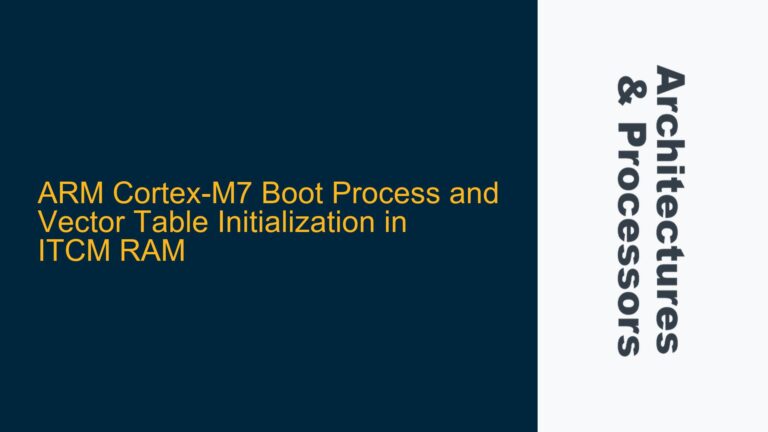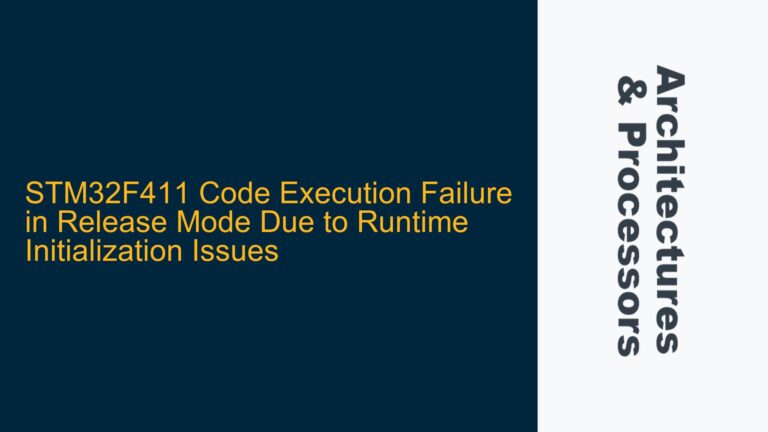Understanding the Role of Assertions in APB4 Protocol Verification
Assertions in the context of APB4 protocol verification serve as formal checks that ensure the design adheres to the protocol specifications. These assertions are typically written in SystemVerilog Assertions (SVA) and are embedded within the protocol checker module. The primary purpose of these assertions is to monitor the behavior of the APB4 signals and flag any deviations from the expected protocol behavior. For instance, an assertion might check that the PSEL signal is only high when PENABLE is low, as per the APB4 protocol.
The protocol checker module is a critical component in the verification environment, acting as a watchdog that continuously monitors the bus transactions. It ensures that the design under test (DUT) complies with the APB4 protocol rules. The assertions within this module are designed to catch protocol violations in real-time, providing immediate feedback during simulation. This is particularly important in complex SoC designs where multiple masters and slaves interact over the APB4 bus, and protocol violations can lead to system-level failures.
However, writing assertions is only half the battle. The real challenge lies in verifying that these assertions are correctly implemented and that they can accurately detect protocol violations. This is where the concept of "testing the assertions" comes into play. Testing assertions involves creating a set of test cases that deliberately induce both valid and invalid protocol behaviors to ensure that the assertions trigger appropriately. This process is crucial because it validates not only the correctness of the assertions but also the robustness of the protocol checker module.
The Necessity of Stimulus Generation for Assertion Validation
To effectively test the assertions, a well-defined stimulus must be generated. This stimulus is essentially a sequence of bus transactions that exercise the APB4 protocol in various ways, including both normal and corner-case scenarios. The stimulus generation process involves creating a testbench that can drive the APB4 signals in a controlled manner, allowing the verification engineer to observe how the assertions respond to different types of transactions.
The stimulus must cover a wide range of scenarios, including but not limited to:
- Normal read and write transactions
- Back-to-back transactions
- Transactions with different wait states
- Transactions that violate the protocol rules (e.g.,
PSELhigh whenPENABLEis high) - Transactions that test the response signals (
PREADY,PSLVERR)
The goal is to ensure that the assertions can correctly identify both valid and invalid transactions. For example, if an assertion is designed to flag a protocol violation where PENABLE is high without PSEL being high, the stimulus must include a transaction that deliberately violates this rule. The assertion should then trigger, indicating that it has correctly identified the violation.
In addition to generating the stimulus, it is also important to monitor the output of the protocol checker module. This involves setting up a mechanism to capture and log the results of the assertions during simulation. The logs should clearly indicate which assertions were triggered, the time at which they were triggered, and the nature of the violation. This information is crucial for debugging and refining the assertions.
Implementing a Comprehensive Verification Strategy for APB4 Assertions
A comprehensive verification strategy for APB4 assertions involves several key steps. First, the verification engineer must thoroughly understand the APB4 protocol specifications and the specific requirements of the design under test. This understanding forms the basis for writing meaningful assertions that accurately reflect the protocol rules.
Next, the engineer must develop a testbench that can generate the necessary stimulus to exercise these assertions. This testbench should be capable of producing a wide range of transactions, including both valid and invalid ones. The testbench should also include a mechanism for monitoring the output of the protocol checker module and logging the results of the assertions.
Once the testbench is in place, the engineer can begin running simulations to test the assertions. During these simulations, it is important to carefully analyze the results to ensure that the assertions are behaving as expected. Any discrepancies between the expected and actual results should be investigated and addressed. This may involve refining the assertions, adjusting the stimulus, or making changes to the protocol checker module.
Finally, the verification engineer should document the results of the assertion testing process. This documentation should include details of the test cases, the stimulus used, the results of the simulations, and any issues that were identified and resolved. This documentation serves as a valuable reference for future verification efforts and helps ensure that the protocol checker module is robust and reliable.
In conclusion, testing assertions in an APB4 protocol checker module is a critical step in the verification process. It involves generating a comprehensive stimulus, monitoring the behavior of the assertions, and refining the assertions based on the results of the simulations. By following a systematic approach, verification engineers can ensure that their assertions are accurate, reliable, and capable of detecting protocol violations in real-time. This, in turn, helps to ensure the overall integrity and reliability of the SoC design.






